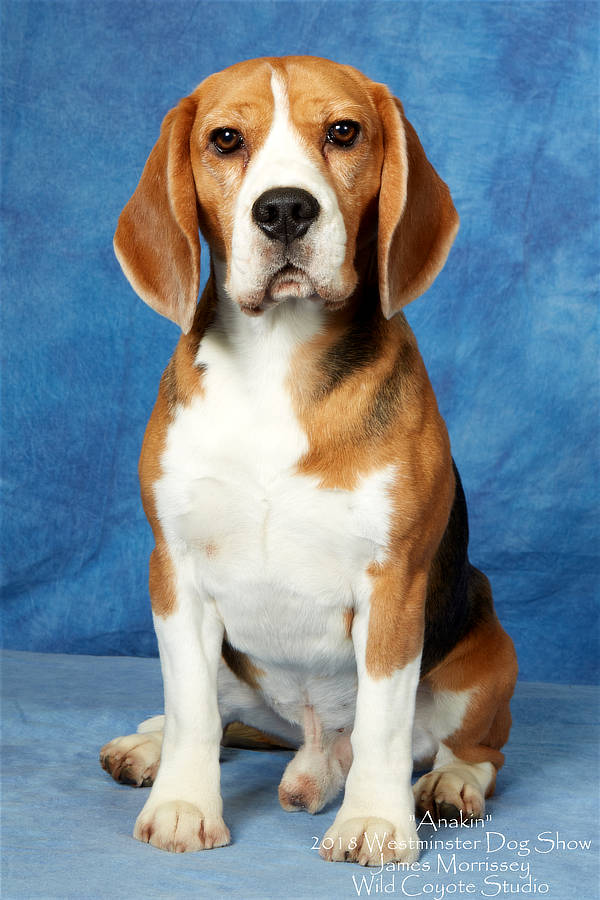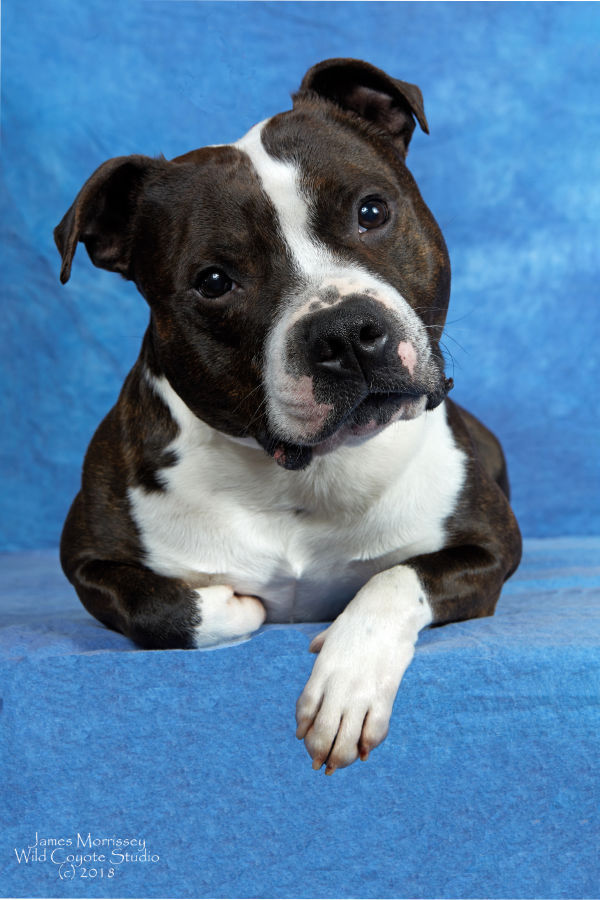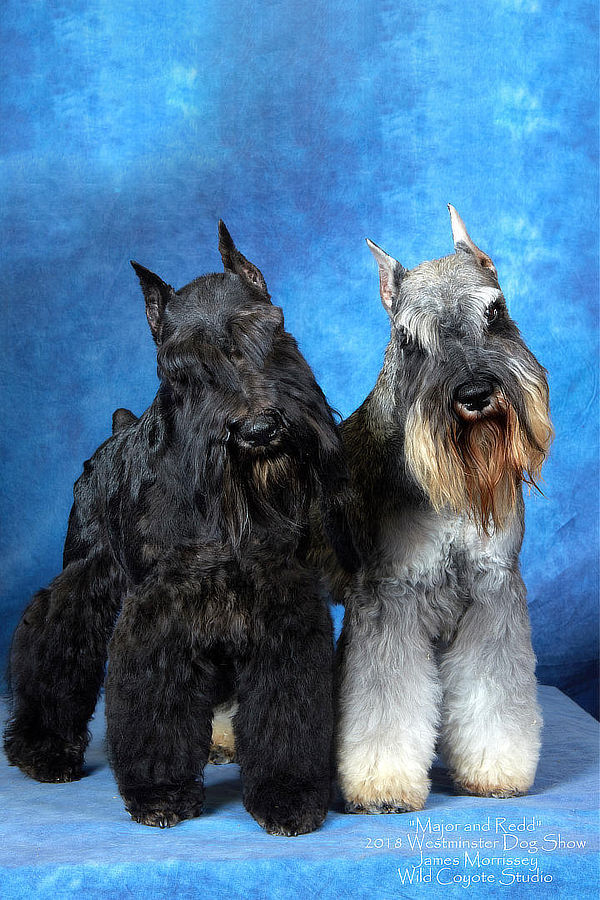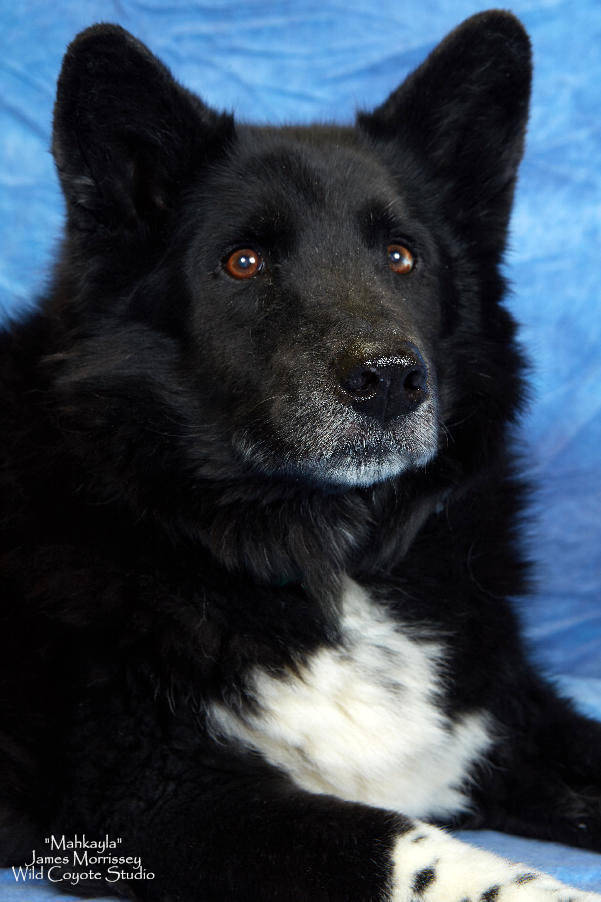Pet Portraiture has become the largest component of my photography business over the last several years. The pet photography business has been so good that I stopped shooting weddings and other special events a few years ago to focus just on pet portraiture. The majority of people who hire us want us to make formal pet portraitures of their loved ones. You can see some of my work at
www.wildcoyotestudio.com I hope that the following tips can help you take better pet photographs.

(1) KNOW your subject. That seems pretty easy, right? Well, it can actually be very complex. The best compliment that you can ever receive when you take a portrait is when you hear that you "caught their personality." This is at its core, a subjective thing. However, there are also very concrete things that can separate a good pet portrait from a bad one. For example, if you are photographing a pedigree dog, know the breed standards. Are ears supposed to be up (like a mastiff)? Or are they supposed to be down (like a coon hound)? If you are shooting a Rhodesian Ridgeback, how are you incorporating that tell tale (tail) ridge? Are you photographing a dog where drool is cool (like a mastiff) or are you shooting a dog that is predominantly 'dry' - like a husky?

(2) Be patient. Dogs and cats (and other critters) don't always have the ability to communicate with us in the way that is most conducive to portraiture. Sometimes you just need to relax and allow yourself the opportunity to miss a few times before you get the compositions you are looking for. Patience is not just for you either! You need to help the pet's human to be patient too. Our critters feed off of their humans and they can tell if they are all worked up. Help them calm down and enjoy the experience and the photos will come.

(3) Make sure that the pet's features are really telling the story you want. They say that the 'eyes are the window of the soul,' but a pet's ears, tail and body language say even more.
If their body language is confused it could be telling you many things - and very possibly that the portrait process is actually stressful for them. Along this vein, if you are photographing a pet and the tongue is fat and lolling, it may be a sign that they may be thirsty or stressed. Eyes that are too wide open may show that they are having a difficult time with the flash. There are tons of cues that are useful to the photographer to know what works when taking a proper portrait.

(4) Get the appendages right! One of the most difficult things that portrait photographs have to figure out is how to square their subject. Specifically, knowing what to do to make sure that the hands and feet are properly positioned in the photograph so that they appear in a pleasing way. Photographing a dog or a cat is no different.

(5) Get your light right. This may seem like a no-brainer, but it is trickier than you think. The goal should be to have your lights mimic the angle of the sun during the magic hours - at least, that is how I see it. If you are taking portraits outdoors, photographing in those hours before sunset or after sunrise when your shadow is longer than your body will typically produce the most pleasing results. Photography is all about light and shadow. Dogs, particularly because of their long snouts, can really push shadows where they seem in the way and unpleasing. Make sure your lighting deals with these issues. I live in world that actually likes shadows...just make sure you are the one controlling them.
If you are photographing indoors, try to control your light as best you can. Shooting with monolights is the best option - they provide the best light spread and are able to refresh quickly. When shooting portraits of humans, my experience is that very little beats the light produced by a soft box. However, when photographing pets, I actually like shooting with an umbrella. It spreads the light very effectively and I generally like the hard quality of light that they produce as it often looks better against the fur of the pet. Don't settle for my style of photography though - make your own. I never argue with success...and developing your own style that works is an integral part of being successful.
However, if you cannot afford that and have an on-camera flash, you can still get good results by raising the flash as high as you can. Camera cables are cheap and can allow you to take your flash off the body as much as 3 or 4 feet. When I used to photograph weddings, I used to use a Press T or a Pro T to help bring the light above the camera and to control the ugly side shadow that you get you fire vertically with the flash to the side of the camera. The principles are the same, regardless of whether you are photographing a human or a pet. Do yourself a favor and get that light up - up - up! The other reason why monolights are preferable to those designed for camera operation is because they don't produce the power, light dispersion or speed that a professional frequently needs.
Failure to get the light at a proper angle will cause the "devil eyes" to appear - that greenish reflection that looks like the red eye effect in humans when the light is at too narrow an angle. While some of this can be corrected in post processing, it does not always look natural and it really can ruin the photograph. What you are seeing is light reflecting off of the pet's tapetum lucidium - a reflective layer on the retina that helps many vertebrates see better at night.

(6) Get to understand Depth of Field. One area where pet portraiture is radically different from human portraiture is in regards to Depth of Field. When photographing a human, I frequently photograph with very wide apertures, trying to sharpen parts of the body and allowing the rest of the image to be a bit softer. This is mostly a product of biology - the human eye to nose distance is very short. When photographing a pet, for example a dog or a horse, you frequently will have a long distance between the eye's and the tip of the snout. If you do not have the aperture right, part of the dog will be in focus and part will be blurry. If there is one sin in pet portraiture, this is it. Before anyone asks me "what F-stop should I be shooting," that is up to you. Depth of field is more than just about aperture. It is also about distance from the subject. Some breeds have much longer snouts than others also.

(7) Avoid bait if you can. I admit it - I periodically use bait high-value bait when I cannot get a pet to relax and focus for me...and I hate it. Baiting a dog, while it may be stimulating for the pet, is actually not a good thing. The biggest problem is that many breeds have a difficult time controlling saliva. It creates specularities and all sorts of other coat discrepancies that you don't want to deal with if you can. While much of this can be cleaned up in Photoshop (or my new favorite, Affinity Photo for Windows), just because you can do something doesn't mean you should. It just leaves room for you to make mistakes on the pet's coat.

(8) Eliminate clutter in the background. Taking a good pet portrait is just like taking a good human one. You not only need to control the light, but you also need to control the background. If I waste time doing any one thing when performing pet portraits, it is cleaning up my backdrops. I hate pet hair on a drop...and the more dogs you photograph, the more hair you will get on your drops. When doing private portraits, my drops get cleaned between each use. When photographing at a show or a shelter you don't always get that option.
It is one reason why I like shooting outdoors - you have no dog hair to deal with. Other painful things in a pet portrait? Showing half of a leash or collar. Nothing says "I don't want to be doing this" more than a dog that needs to be leashed during a shoot. While it is absolutely true that some dogs just don't have the attention span, try to position it so that it is easily - and quickly - cloned out later.

(9) One more piece of free advice? I strongly advise one thing - have the dog pre-walked before you put them on your drops. It helps prevent marking/urinating from occurring. This is particularly salient for folks who are on the show circuit. Nothing makes a mark like an unneutered dog. smile After the shoot, make sure you wash your drops. I think most critters live in a very different world than the one that we think they do. They live in a world of scents and they see light different from we do. Try to be respectful of that and give them a clean drop. If nothing else, your life will be easier at the end of the day.

Well - I hope that this article has given you some useful information. I wish you well! Got a question? Don't be afraid to ask in the forums or send me a note.

James